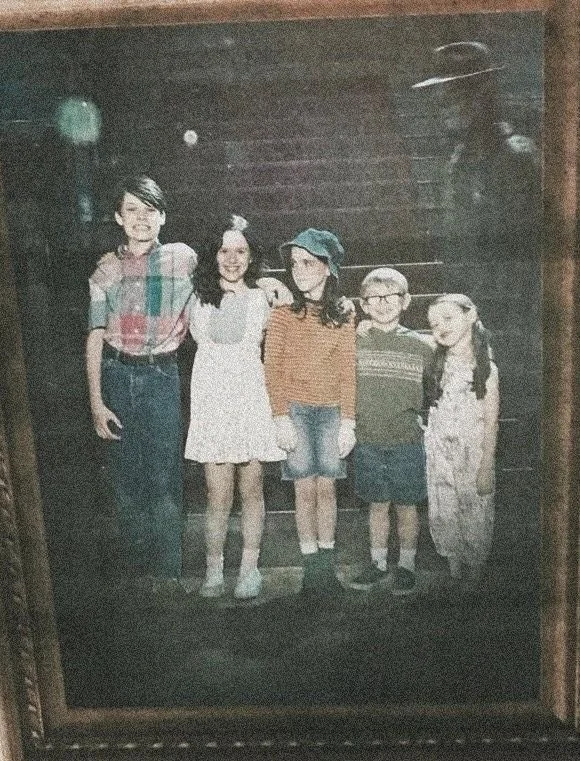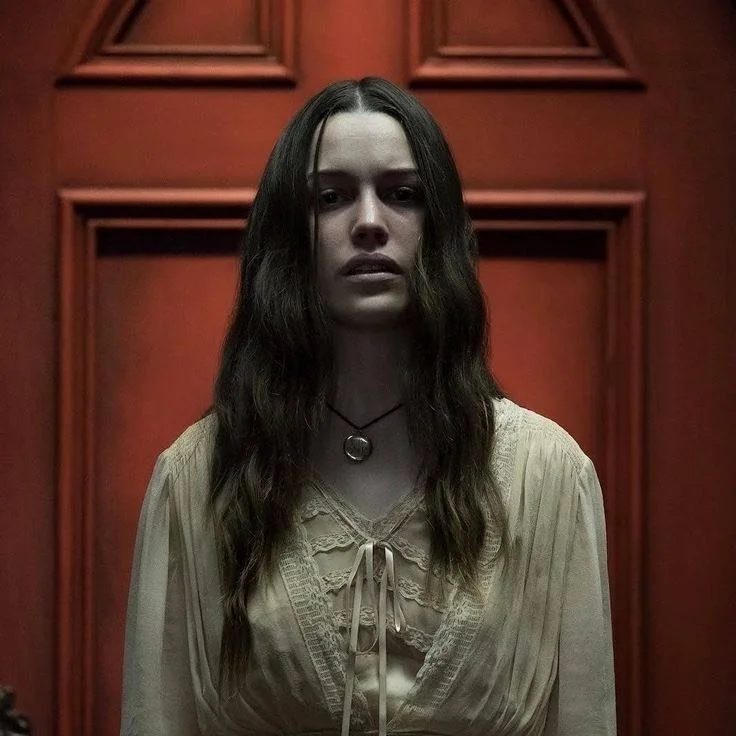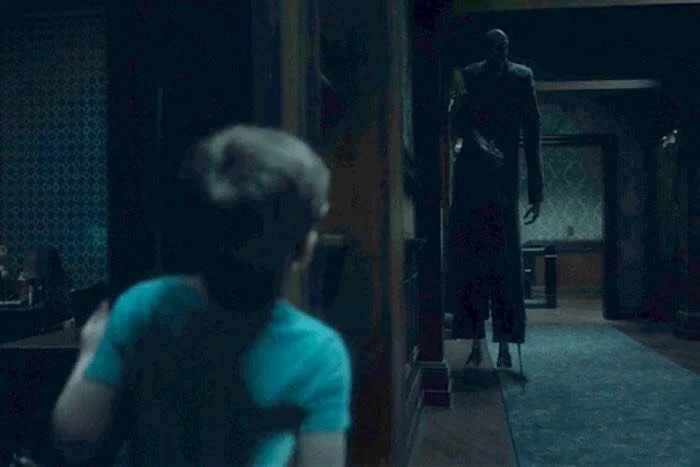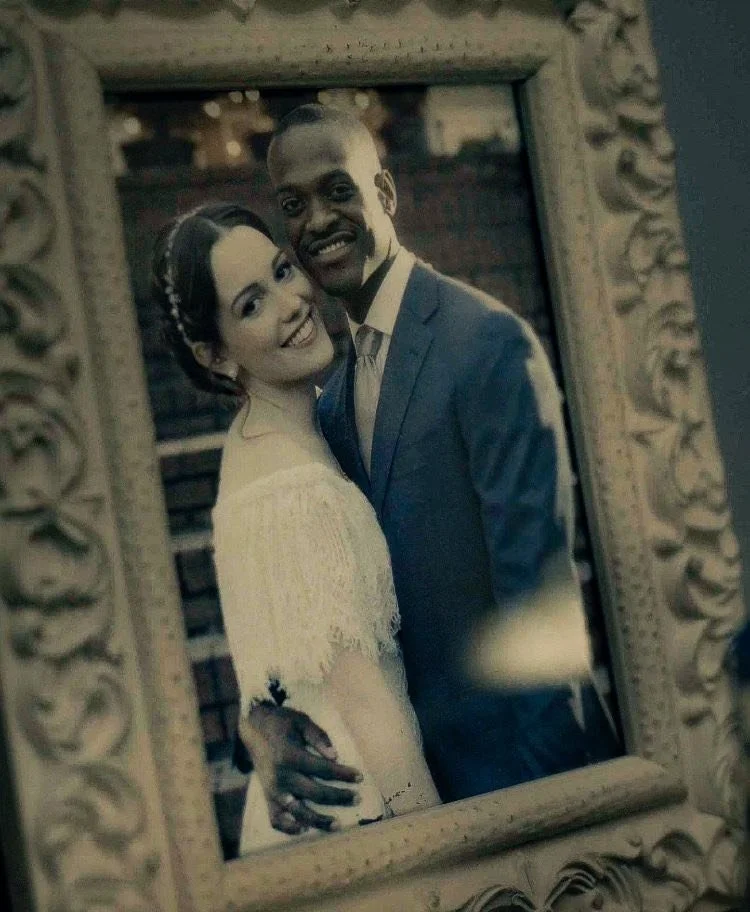'The Haunting of Hill House': Seven Years and Seven Crains
By Isabella Kelly-Goss
The Haunting of Hill House has been voted the best series in Netflix history by Entertainment Weekly, just shy of the show’s seventh anniversary. Seven years and seven Crain family members, here are seven reasons why the series stands the test of time.
│ “Hill House, not sane, stands against its hills, holding darkness within. It has stood so for a hundred years, and might stand a hundred more.”
Based on Shirley Jackson’s novel of the same name, filmmaker and writer-director Mike Flanagan took Jackson’s story and crafted a tale of family trauma, grief, and the horrors we see but choose to ignore.
Image Courtesy of Netflix
The Family Dynamic
With ten episodes, the first five subtly highlight the way each sibling experienced the house and how it affected their adult lives. We watch as each of them recalls the haunted home that changed their family dynamic, leading up to and coming to terms with the new reality in which their sister joins their mother as a permanent dweller of Hill House.
The series deeply explores how grief follows you, how it can tear families apart, or even bring them together in some fractured way. The secrets, horror, and shame surrounding Olivia’s death create a sense of dismemberment between father and children. Hugh keeps his secrets, all five children leave, and the family remains fractured. When Nellie dies, the remaining five are forced back together, shoved together like splintered wood.
The Timeline
Much like the memories of the seven members of the Crain family, the timeline is unreliable and jumpy. Flanagan slowly reveals the truth despite biased and unreliable narration. A piece of the truth hides, as Hugh sees it, in each of the children.
The timeline’s skewed nature lets us see each sibling’s reaction to eldest Steven’s novel before we witness his own struggle in writing it. We see Steven’s altered perception of his mother’s death before we fully understand the events, giving insight into his skeptical nature regarding the paranormal. His point of view during the flashbacks offers a unique glimpse into Olivia’s descent into madness before we see her perspective in full.
Nellie’s brush with the Bent Neck Lady is told in a way that captures the horror of childhood fears haunting the darkest days of adult life. Olivia’s visions of Nell and Luke’s tragic futures may be the hardest part of the timeline to grasp, but they’re a testament to the house’s power over the Crains.
Image Courtesy of Netflix
The Reveal
The reveal that Nell was the Bent Neck Lady all along is, in my opinion, one of the greatest horror twists of all time. It’s a defining moment that gives the show its iconic status.
While other reveals move the story—such as the Red Room’s many faces or Steven’s unknowing ability to see ghosts like the clock repairman—Nell’s personal ghost haunts the narrative long before her death is even a thought.
A preview of her own death, the Bent Neck Lady represents Nell’s refusal to confront her mortality. When she finally does, it’s a last resort. Her deep-seated fears return, and going back to the place where it all began rather than facing them becomes her undoing.
The Details
Many underlying details go understated throughout the series, but a few stand out. One example is Nell realizing she has been her own tormentor all along. The Bent Neck Lady appears slightly different to young Nell each time. The reveal showing ghostly Nell’s montage from the other side puts all the small noises, screams, and silent looks of disbelief into sharp perspective for the audience.
Theo and Shirley’s arguing, shut down by loud banging in both the house and the funeral home decades later, mirrors their unresolved tension.
Mrs. Dudley’s repeated confusion about the house’s shifting rooms perfectly foreshadows the Red Room reveal.
Image Courtesy of Netflix
The Ghosts
Perhaps one of the best details in the show, the ghosts deserve their own section.
In every episode, the flashbacks are filled with ghosts lurking in the background if you know where to look. Some are obvious, others are hidden in corners and doorways.
A few notable examples: a blonde woman behind Olivia under the chandelier in episode 3; a tall, bald man behind Olivia and Nell in episode 5; and a sad-looking woman in the glass cupboard while Shirley and Luke are in the kitchen in episode 9.
The Metaphors
The series is packed with metaphors. Steven’s refusal to see what’s in front of him in his marriage mirrors his refusal to acknowledge what happened in his childhood. Theo’s “sensitivity” causes her to shut herself off from the world.
Shirley’s haunting is one of the best examples. While the rest of her family sees real ghosts, she’s haunted by her past. Her affair partner’s face appears several times before we get the full reveal. Even then, Shirley’s refusal to confront her guilt leads to unreliable narration, later corrected by the “ghost” of the man she cheated with.
Luke’s addiction is symbolized by the Tall Man and the “big boy hat” he wants to wear. He refuses to face the Tall Man just as he refuses to face his addiction.
Image Courtesy of Netflix
The Tragedy
Part of the show’s unique charm lies in the tragic nature of the story. The family is, at first, ordinary. They’re happy and functional, or as functional as a family of seven can be. Yet, by pure happenstance, they become broken and damaged beyond repair.
The tragedy of Olivia’s death sets the other six on a trajectory that likely never would have existed if not for the house’s evil. Coincidence seals their fate. It could have been any family, but once the house had them in its grasp, nothing could be done.
As Hugh tells Steven, they were no more than an unfinished meal. That’s what makes the story so terrifying: any family can become the victim of a single tragic event that changes everything. But in the end, the tragedy never negates the love they once had for each other.
│”I loved you completely, and you loved me the same. That’s all. The rest is confetti.” - Nell Crain
Image Courtesy of Netflix





